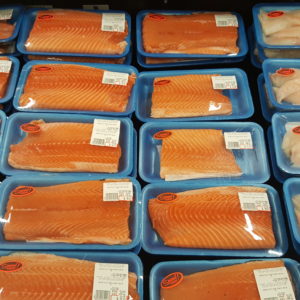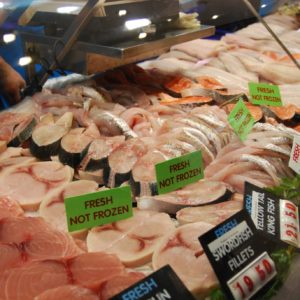Canadian Imports / Exports
Canada has a responsibility to ensure the seafood we produce and import from elsewhere is ecologically and socially sustainable.
In 2016, SeaChoice produced a Taking Stock report, to provide a better understanding of sustainable seafood in Canadian markets, and to evaluate Canadian market-based approaches. The report includes a comprehensive assessment of domestic and imported fishery and aquaculture products in Canadian markets.
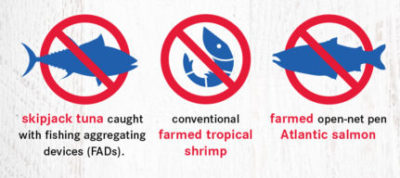
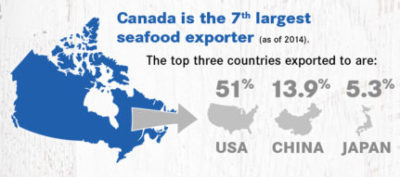
Key Results – Produced in Canada
- The highest volume of unsustainable seafood produced in Canada was found to be farmed open-net pen Atlantic salmon (72 per cent), followed by wild-caught Atlantic cod (8 per cent) and Atlantic hake (6.7 per cent).
- Sixteen per cent of all seafood (by volume) produced in Canada was ranked green (Best Choice), 61 per cent was ranked yellow (Good Alternative), 14 per cent was red (Avoid), and nine per cent was unranked.
- Approximately 80 per cent (by value) and 67 per cent (by volume) of Canadian wild-caught fisheries were certified by the Marine Stewardship Council (MSC) and have conditions in place to improve sustainability.
- Approximately 25 per cent of active BC Atlantic salmon farms are Aquaculture Stewardship Council (ASC) certified as of September 2017, but rely on departures from the Standard (known as variances).
Key Results – Exports
- Canada exports over two-thirds of the seafood we produce.
- Canada is the seventh largest seafood exporter (as of 2014). The top three countries we export to are: U.S. (51 per cent), China (13.9 per cent), Japan (5.3 per cent).
- The export destinations of Canada’s least sustainable seafood could not be determined due to limited species tracking.
- For the remaining red ranked species, there is a higher volume exported to the US than sold in Canada, and to all other export countries combined. The US receives 88 per cent of our longline swordfish, 66 per cent of our Manitoba whitefish, 71 per cent of our open-net farmed Atlantic salmon, and 59 per cent of our our Atlantic cod.
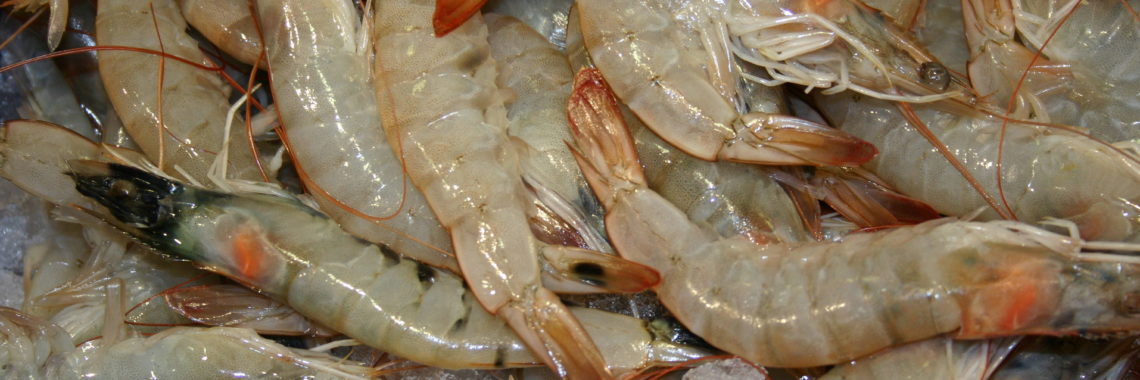
Key Results – Imports
- Canada’s seafood exports are generally more sustainable than the seafood we import. Imported seafood is less sustainable and often unrankable, due to poor traceability.
- Almost one-third of the seafood imported into Canada cannot be ranked at all, because seafood is not traceable and poorly labelled.
Key Results – On the Shelves
- In the Canadian marketplace, only 11 per cent of seafood was ranked Best Choice.
- Consumers should avoid the top three red-ranked seafood: skipjack tuna caught with fishing aggregating devices (FADs); conventional farmed tropical shrimp; farmed open-net pen Atlantic salmon.
Key Recommendations
- Canada should require improved seafood labelling and reporting of fisheries and aquaculture products by requiring species-level identifications.
- Environmental Non-Government Organizations (ENGOs) assisting with sustainable seafood procurement in Canada should adopt a shared data gathering tool to track program effectiveness.
SeaChoice is working with industry and the government to improve traceability through seafood labelling in Canada.
- Canadian retailers, food-service companies and restaurants should continue to avoid buying red-ranked seafood.
- The Canadian government should support traceability requirements as a part of sustainability assessments, and examine human rights abuses in the seafood supply chain.
- The supply focus should be on improving practices or restricting procurement of red-ranked fisheries within and outside of Canada.
We are holding retailers accountable for improving sustainable seafood procurement through our Seafood Progress program.
- Canadian fisheries certified by the MSC meet conditions within a reasonable timeframe. MSC conditions should be consistent with Canadian laws and policies relating to sustainable fisheries and marine biodiversity protection, and focus on species assessed by COSEWIC, which are considered at risk.
- ASC certifications, particularly with reference to the Salmon Standard, should not undermine wild salmon management, and must uphold a high standard for disease and pathogen control.
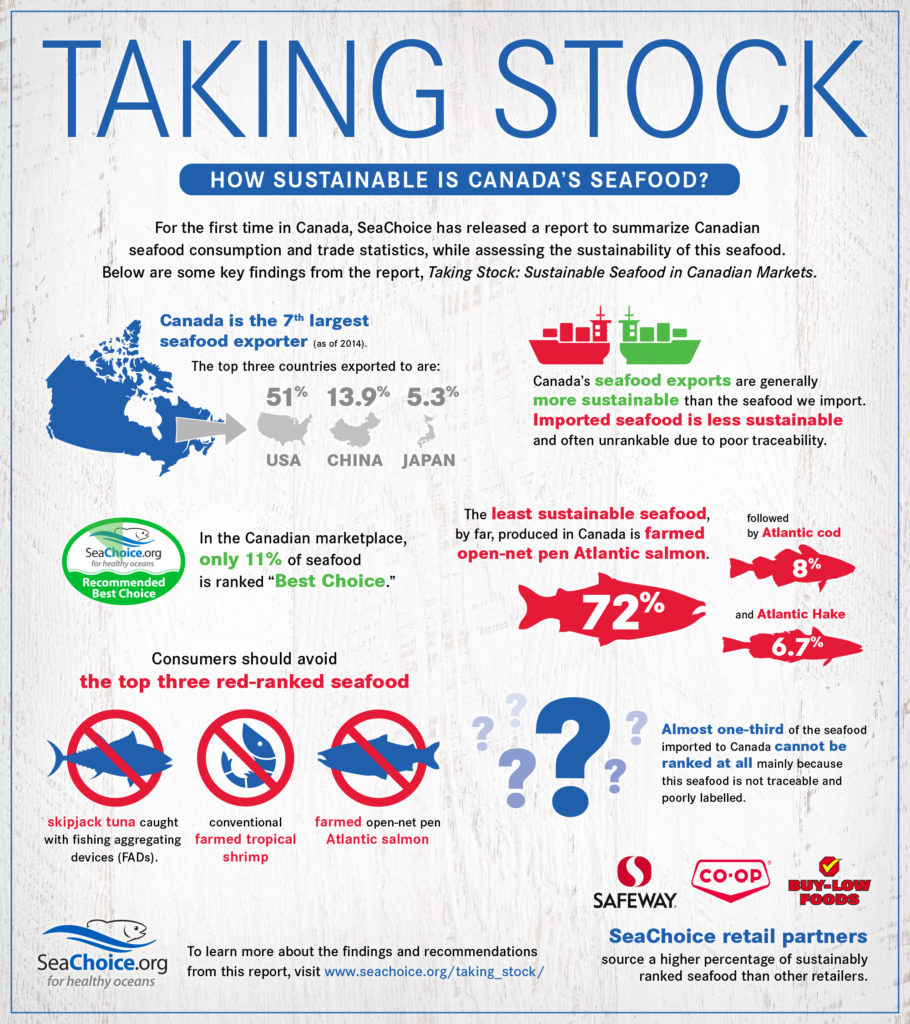
Read more about our recommendations to improve MSC and ASC in our report, “What’s Behind the Label.”
Click here for a copy of the full Taking Stock report. Click here to for a summary of the key findings.
